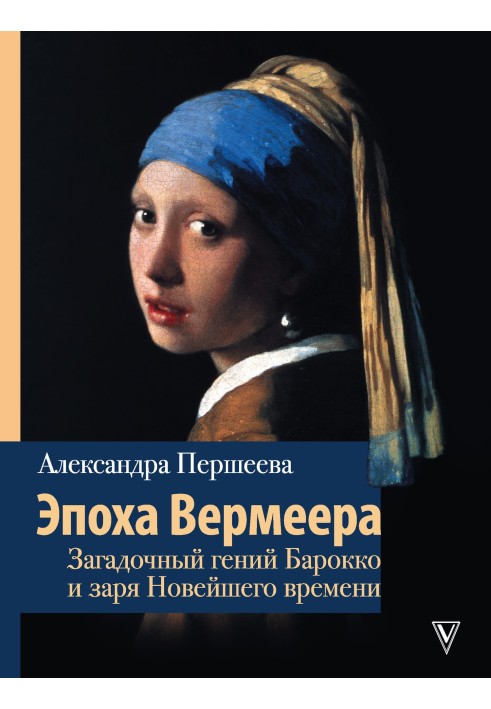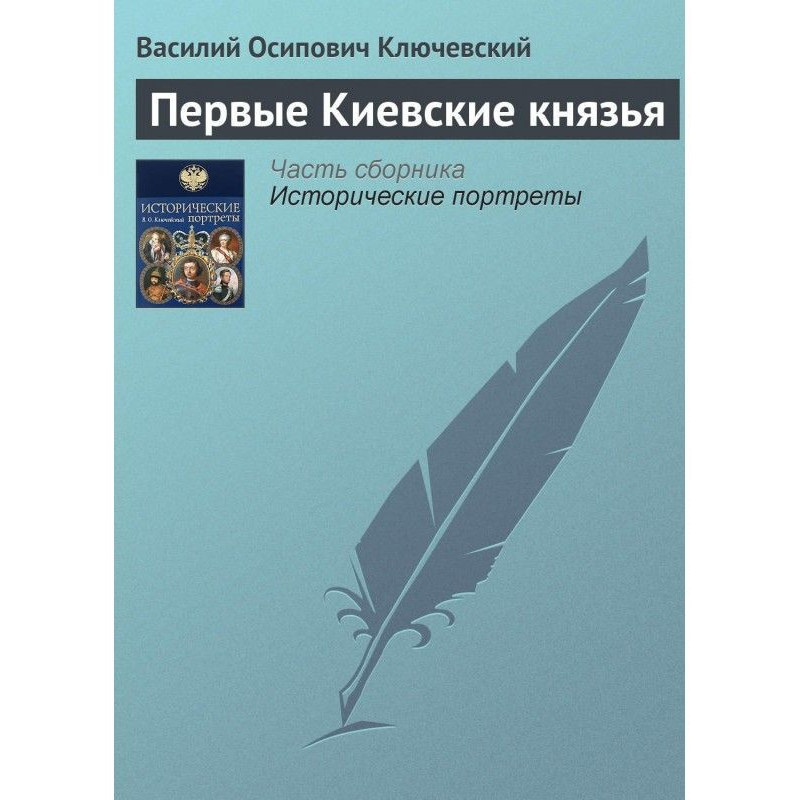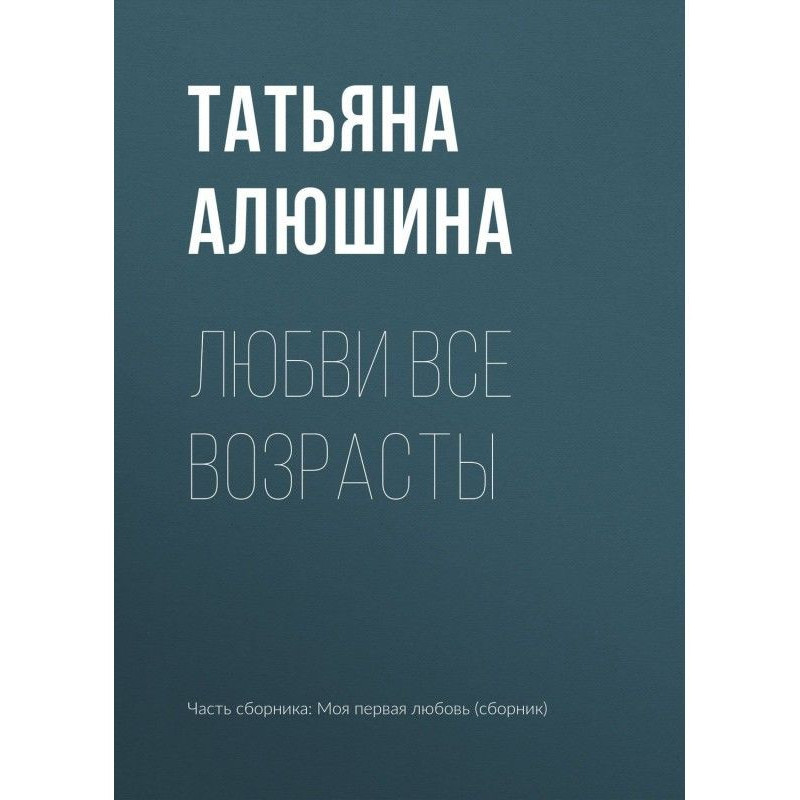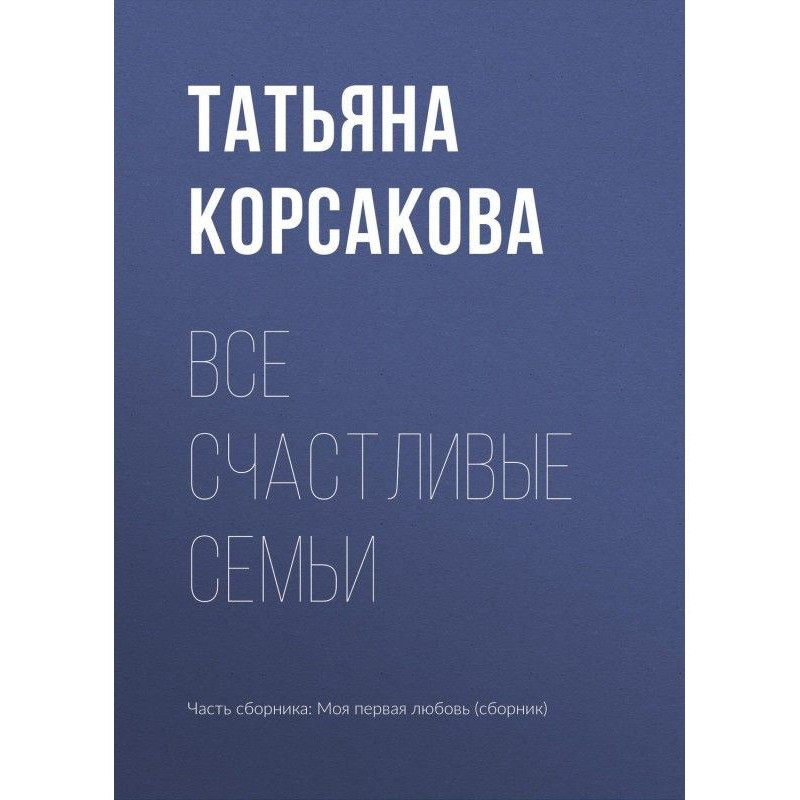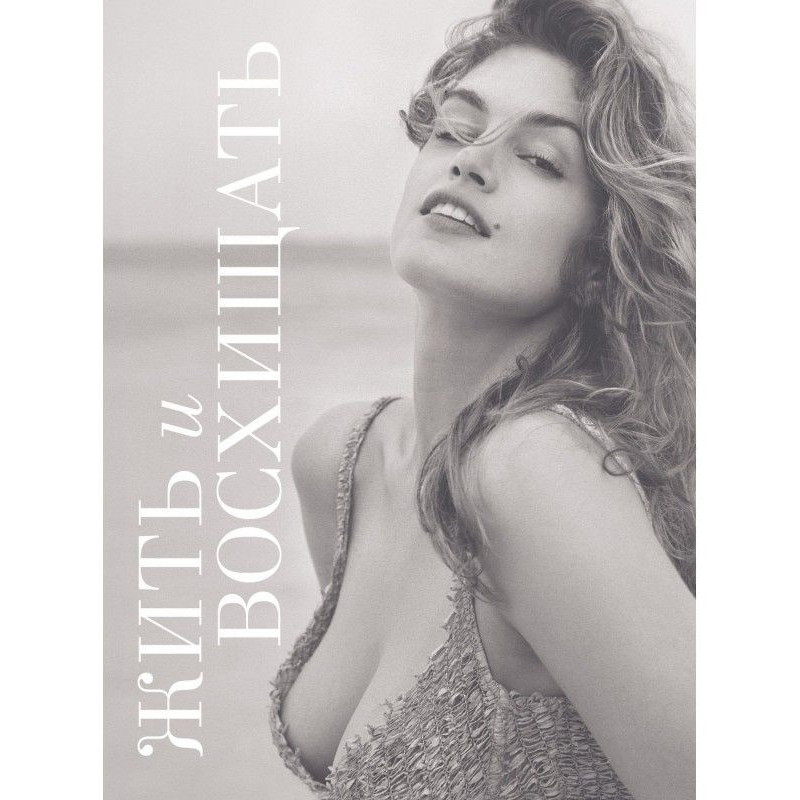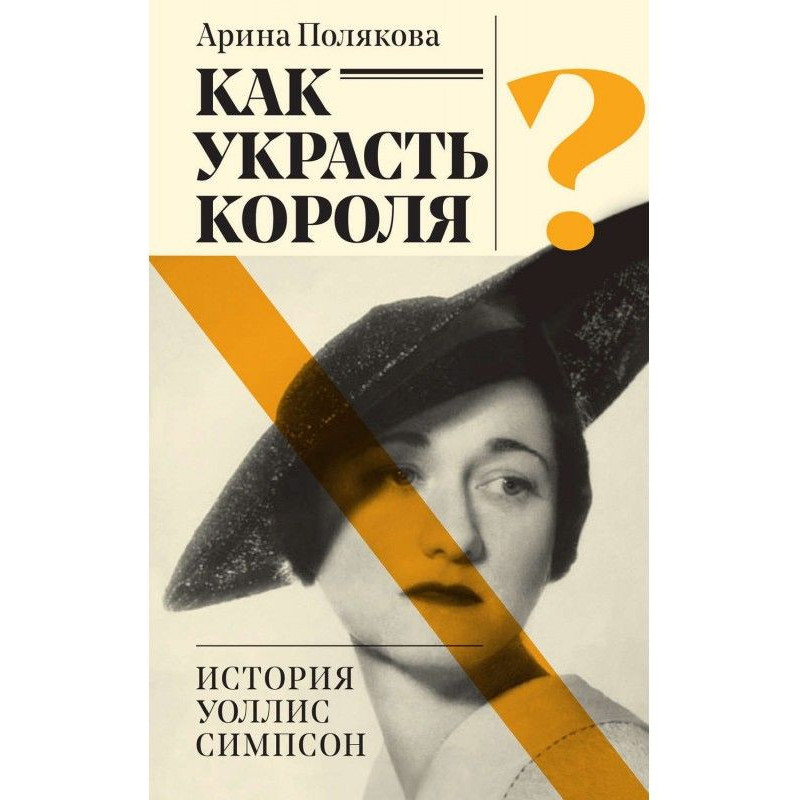Vermeer's era. The mysterious genius of the Baroque and the dawn of modern times
 Instant download
Instant download
after payment (24/7)
 Wide range of formats
Wide range of formats
(for all gadgets)
 Full book
Full book
(including for Apple and Android)
Jan Vermeer died three and a half centuries ago, having lived only 43 years. He left behind about 30 small paintings. These are not epic battle scenes and do not depict famous people or significant events. There is no Rembrandtian drama or Rubensian stormy festivity here. These are subtle, intimate works that breathe tranquility. This is soft light pouring from the window. These are ordinary people, immersed in their own world, busy with everyday affairs. Here is a woman reading a letter. Here is another one playing the lute. The lacemaker bent over her work. The artist paints a picture. Why did it happen that these few and at first glance inconspicuous works still attract our attention and keep so many mysteries? Why do the disputes about their attribution, about the many fakes and imitations, not subside? Why does every painting by Vermeer attract crowds of spectators, no matter what exhibition it appears at, and why is every museum that has the good fortune of owning at least one painting by the master proud of it as if it were a real treasure? Alexandra Persheeva, candidate of art history, specialist in semiotics and general theory of art , teacher at the School of Design of the National Research University Higher School of Economics, co-author of popular online courses on art and design (the total number of course participants has already digested over 100 thousand) in his book not only talks about Vermeer’s paintings, but also becomes a guide for the reader to the world of Dutch art, draws a living picture of the era in which something without which it is impossible to imagine modernity was formed: science, rational thinking, international trade, the free market for art. It becomes clear in what context Vermeer’s work took shape and why it became exactly the way we know it. Alexandra will reveal to the reader the depth and charm of Jan Vermeer’s painting, show how he influenced and continues to influence world art and why today, centuries after the master’s death, his works remain attractive to us.
Data sheet
- Name of the Author
- Александра Першеева Д.
- Language
- Ukrainian
- Release date
- 2020
Reviews
Вражаюча подорож у світ мистецтва!
Книга "Епоха Вермеєра" є справжнім відкриттям для всіх, хто цінує живопис та історію мистецтва. Олександра майстерно веде читача через тонкі нюанси творчості Яна Вермеєра, розкриваючи його загадковий геній і значення в контексті епохи Бароко та Нового часу. Автор не лише аналізує картини, але й занурює нас у атмосферу голландського суспільства XVII століття, де наука, раціональне мислення та міжнародна торгівля формували нові цінності. Кожен розділ наповнений цікавими фактами, які допомагають зрозуміти, чому роботи Вермеєра, незважаючи на їхню камерність, продовжують захоплювати глядачів навіть через три століття. Книга написана зрозумілою мовою, а якість перекладу, незважаючи на деякі недоліки, не заважає насолоджуватися текстом. Рекомендую цю книгу всім, хто хоче глибше зрозуміти не лише творчість Вермеєра, але й естетичні цінності, які формували наше сучасне мистецтво.

